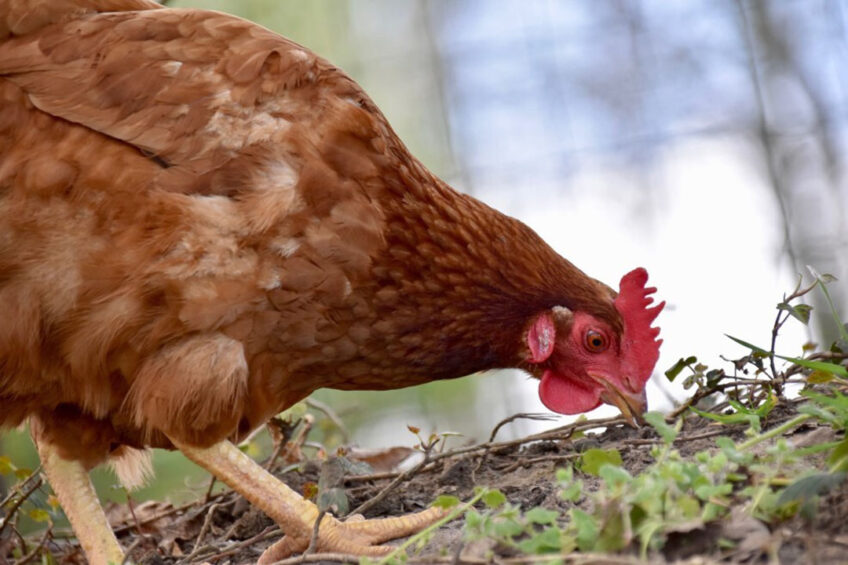Barriers preventing global growth of insect farming

Academics at a UK poultry university are looking to increase work around insect production to try to overcome barriers preventing large-scale take-up across many parts of the globe.
Poultry researchers at Nottingham Trent University say ongoing global food security requires a paradigm shift in our resource use. Insect larvae, they say, are emerging as the leading candidate for establishing circular economies relating to food production, due to their ability to upcycle nutrients from low to high-value forms.
The poultry team is recognised as a leading research hub investigating unconventional feed materials and has several projects optimising the production process and nutritional profile of insect larvae meals.
However, several barriers inhibit the global and UK growth of insect farming:
- Perceived risk to human health through both pathogens and allergens
- Government policies around waste and food hygiene
- Consumer perception of insects as food
It is about to embark on a project to examine both biological and social factors surrounding the use of insects in the food chain and develop intervention strategies that facilitate the global growth of insect farming on both a local community and industrial scale in both the UK and African Dry Area countries.
It is looking for support from a PhD student to work on 3 key objectives:
- Quantify the potential allergenicity of insects on handling material, and via residues in poultry meat reared on insect larvae meal. Insect larvae pose a potential risk in terms of allergy in both their own right and also due to the high level of cross-reactivity with shrimp and crustacean allergies. Passive filter air collection, swabbing and direct-meat sampling will be utilised in combination with ELISA testing to establish the levels of insect larvae present, and quantify its potential risk.
- Explore the role of larvae in supporting the global adoption of the Better Chicken Commitment. This will include assessing use of live insect larvae to promote foraging behaviour in both egg and meat poultry and conduct modelling (based on existing data sets held by NTU) to determine levels of dietary insect larvae required to mitigate the increased carbon footprint associated with adopting slower growing Hubbard strains of meat poultry.
- Identification (in collaboration with the Innogen Institute) of required changes to public policy and societal knowledge base needed to increase use of insects in the food chain in industry and local community approaches in the UK and Ethiopia.












